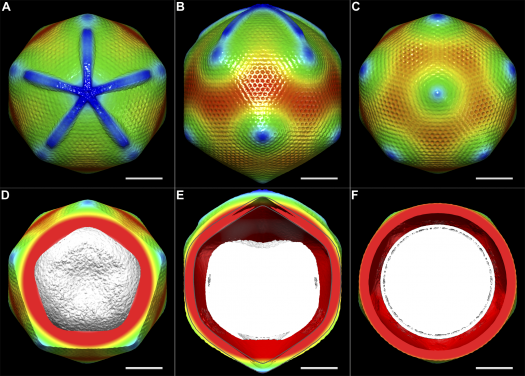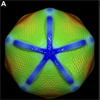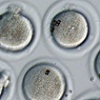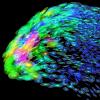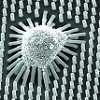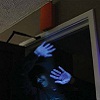
Harvard Researchers Illuminate Connections Among Brain Cells in Technicolor
In 2007, Harvard scientists figured out how to combine fluorescent proteins to create an entire color palette, and then used it to make mouse neurons glow so they could be traced through the brain. The "Brainbow" technique has helped scientists follow neurons' connections,
Read more...


